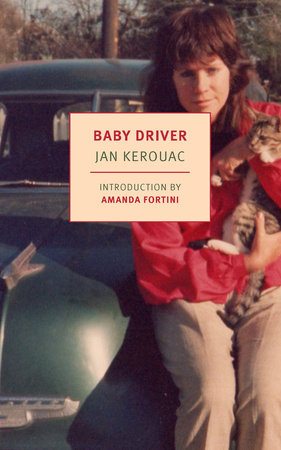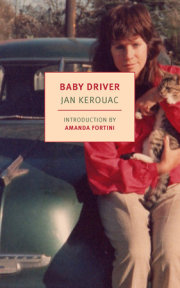Janet Michelle (Jan) Kerouac (1952–1996) was born in Albany, New York, several months after her parents, the writer and Beat generation icon Jack Kerouac and his second wife, Joan Haverty, separated. Raised by her mother on the Lower East Side of New York City, and unacknowledged by her father until age nine, Kerouac left home in her teens and traveled extensively in the United States, Mexico, and South America. She married John Lamb Lash, a writer, in San Francisco in 1968. She wrote three semi-autobiographical novels: Baby Driver (1981), which recalls her childhood in New York City and peripatetic youth; Train Song (1988), which chronicles her latest travels as an adult and further reckoning with her father's absence; and the unfinished Parrot Fever (2005), which was published posthumously. In 1996, she died of complications of kidney failure in Albuquerque, New Mexico.
Amanda Fortini is a columnist for County Highway, a frequent contributor to T: The New York Times Style Magazine, and has also written for The New Yorker, The Believer, California Sunday, the Los Angeles Review of Books, and The Paris Review, among other publications. A 2020 recipient of the Rabkin Prize for arts journalism, she divides her time between Livingston, Montana, and Las Vegas, Nevada. She is working on a book of essays about Las Vegas titled Flamingo Road.




